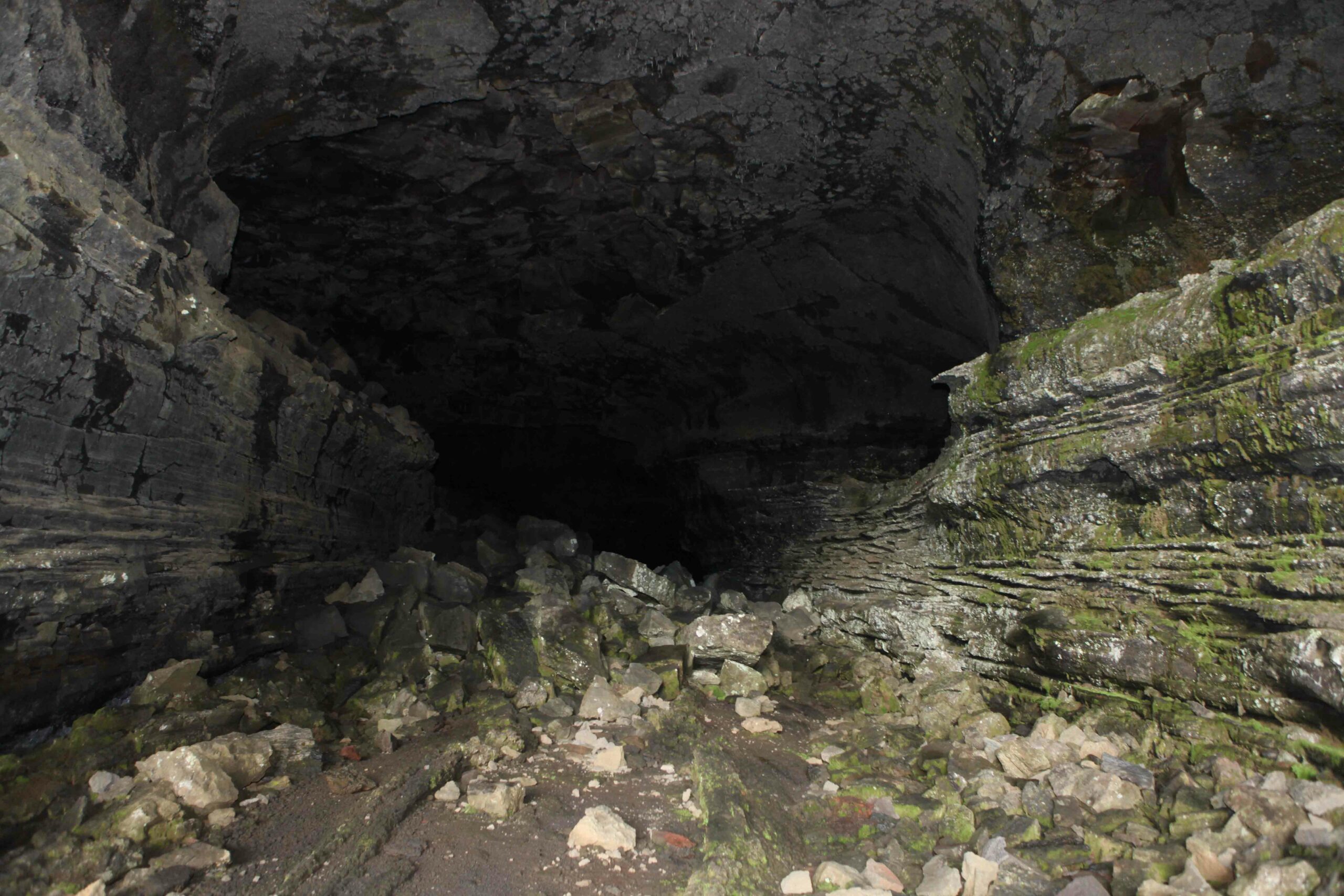
PRAGUE, CZECH REPUBLIC—According to a report in The International Business Times, researchers from the Czech Institute of Egyptology think that holes drilled in the rocks on the west bank of the Nile River in central Sudan may have been used to hold the wooden poles of Mesolithic structures. The team members took detailed measurements of the holes, which have regular, cylindrical shapes with smooth sides. They then used the information to create hypothetical reconstructions of shelters anchored to the rock. “These shelters would have been anchored to the rocks for solidity and to keep them in the shade throughout all day,” explained team member Lenka Varadzinová, who added that drilling the holes as long as 11,000 years ago, without the use of metal tools, would have been challenging work. For more, go to “Miniature Pyramids of Sudan.”










